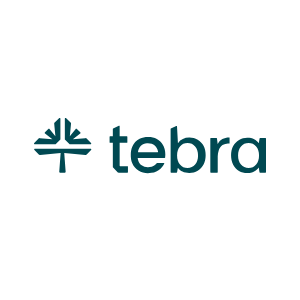How to embed the Patient Acquisition Widget on your Website
During the onboarding process we want to provide our new customers the ability to generate patient leads as soon as possible. Because of this, we are able to offer the lead generating Patient Acquisition Widget for your existing website while your Practice Growth website is being built by our team. The widget is customer-enabled and allows you to simply embed a personalized code found in your Practice Growth Portal settings onto your existing website.
What will the Patient Acquisition Widget allow me to do?
Practice Growth customers onboarding can take advantage of online scheduling, reputation management, Practice Growth Connect (2-way text, Call-to-text, Web-to-text) and a custom button linking to an internal or external page (ie patient forms on your website or an external patient portal) while the Practice Growth website is being created.
Read more about Practice Growth Connect features here.
Practice Growth Connect can be enabled from your Practice Growth dashboard under the Inbox tab. Online scheduling can be set up in the Calendar tab.
Please note: Please reach out to your Implementation Manager if your practice plans to use an EHR integrated calendar or have any questions related to enabling the widget, Practice Growth Connect, or online scheduling.
How do I embed this code?
The embed code can be found in your Practice Growth portal settings on the Embed Code tab within the Widget settings page. This embed code, <script>, should be copied and pasted into the <head> section of your website. The steps to apply it to your current website will differ depending on the website platform you currently use.
See set-by-step instructions below for common web hosting platforms including:
Wix
WordPress
SquareSpace
Square
GoDaddy Website Builder
Other Website Providers
Wix
For full details, view the support page on Wix.
- Go to Settings in your site’s dashboard.
- Click the Custom Code tab in the Advanced section.
- Click + Add Custom Code at the top right.
- Paste the code snippet in the text box.
- Enter a name for your code.
Tip: Give it a name that is easy to recognize so you can quickly identify it later. - Select an option under Add Code to Pages:
- All pages: This adds the code to all of your site’s pages, including any new pages that you create in the future. Choose whether to load the code only once per visit, or on each page your visitor opens.
- Choose specific pages: Use the drop-down menu to select the relevant pages.
- Choose where to place your code under Place Code in: Head
- Click Apply.
WordPress
For full details, view the support page on WordPress.
To ensure the widget appears on every page of your site, we recommend using a plugin to do this, such as the Insert Headers and Footers plugin.
- Install and activate the free Insert Headers & Footer plugin or a similar plugin of your choice.
- Go to Settings → Insert Headers & Footers.
- Paste the code into the Scripts in Header box and click Save.
If you do not wish to use this plugin, you can add the widget to the homepage <head> section.
SquareSpace
For full details, view the support page on SquareSpace.
Note: Code injection is a premium feature available in Business and Commerce SquareSpace plans.
- In the Home menu, click Settings, click Advanced, then click Code Injection.
- Add script into the appropriate Code Injection fields for the header.
- After adding your code, click Save.
Square
For full details, view the support page on Square.
To add your own header or footer code to your Square Online site for third-party integrations and tracking.
- In your Square Online Overview page, go to Settings > Tracking Tools.
- Select Add new code.
- In the popup window, enter in the code’s name and the code itself into the corresponding fields.
- To place the code in the header, select head. To place the code in the footer, select End of body.
- Select Save when finished.
- Publish your site from the Square Online site editor to see the changes live.
GoDaddy Website Builder
For full details, view the support page on GoDaddy.
- In the left panel, click Settings.
- Click Head HTML.
- Head HTML. Add content to the head section Content Field.
- Body End HTML. Add custom HTML/Javascript just before the closing tag of the </body> element for each page in the site.
- Click Save.
Other Website Providers
If you are currently using another website provider, rather than a self-service tool, you may be to contact the support team for your current provider to have this script added.
If you have any questions about adding the Widget to your non-Practice Growth site, please contact your onboarding manager or support, who can advise on next steps.
